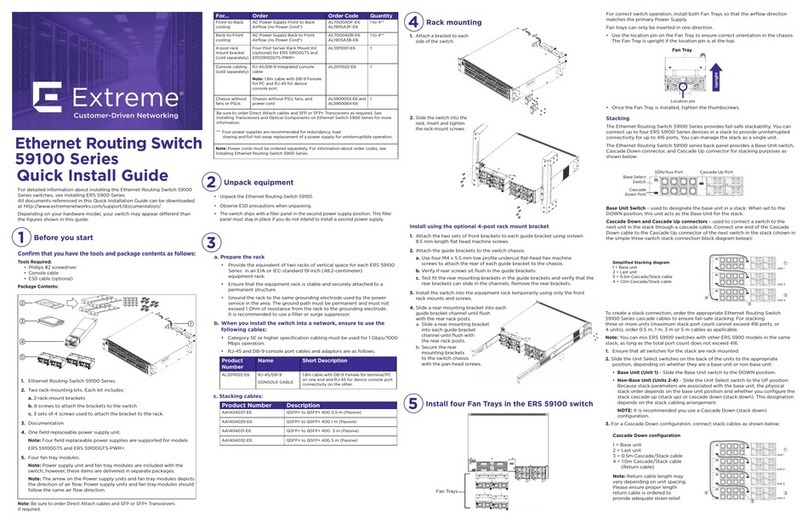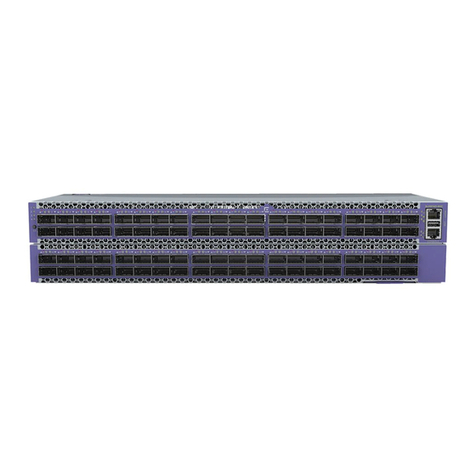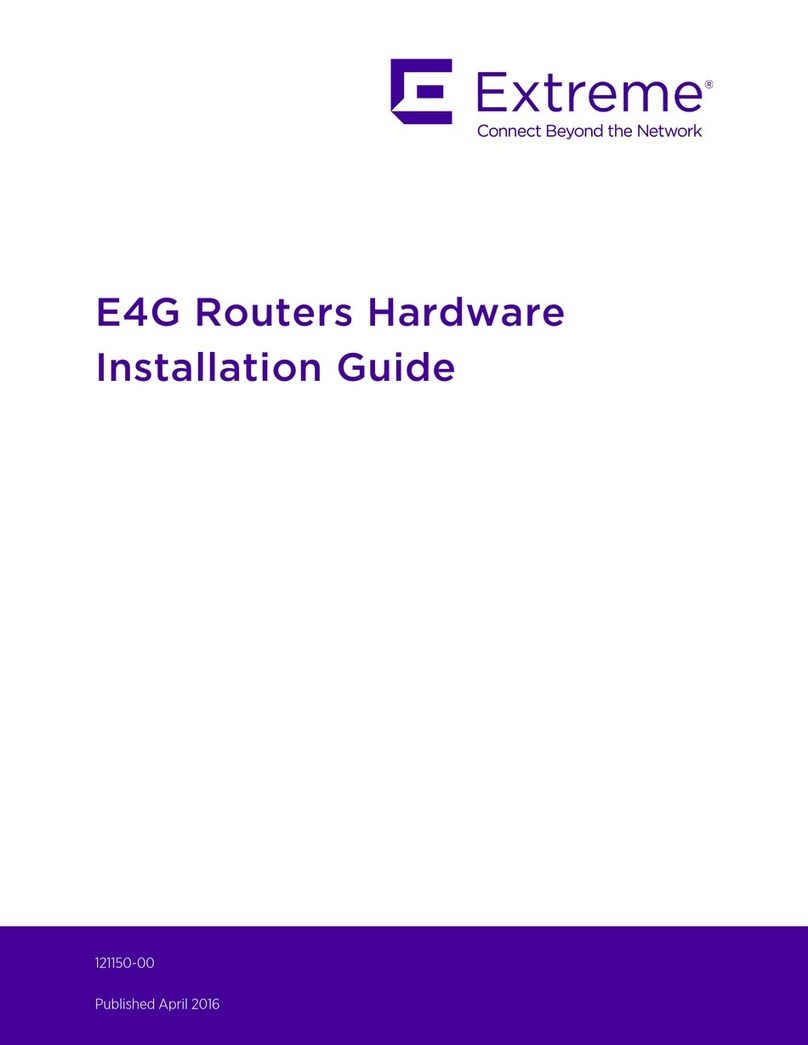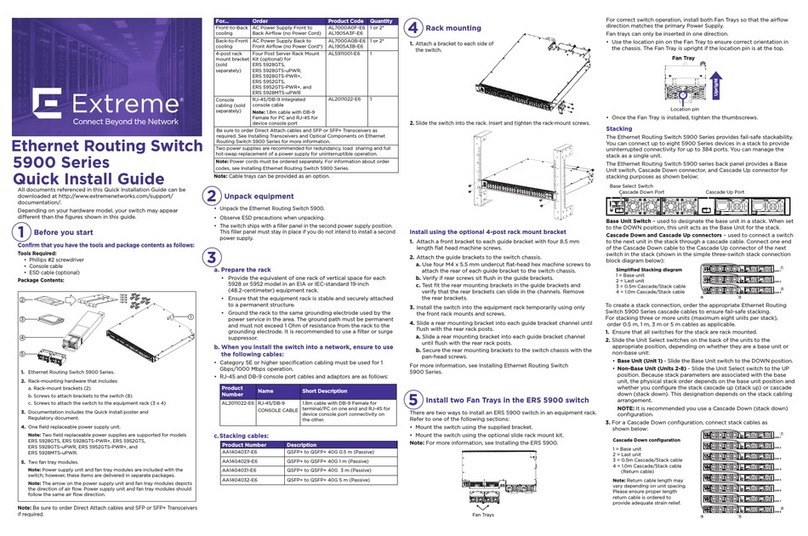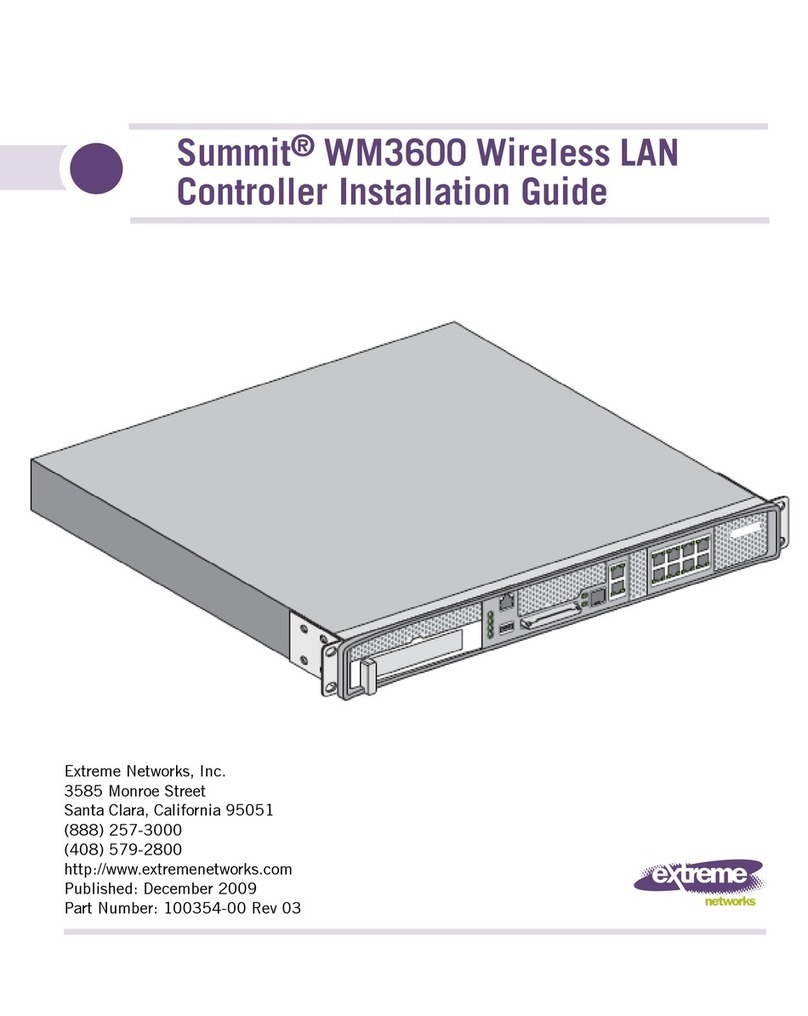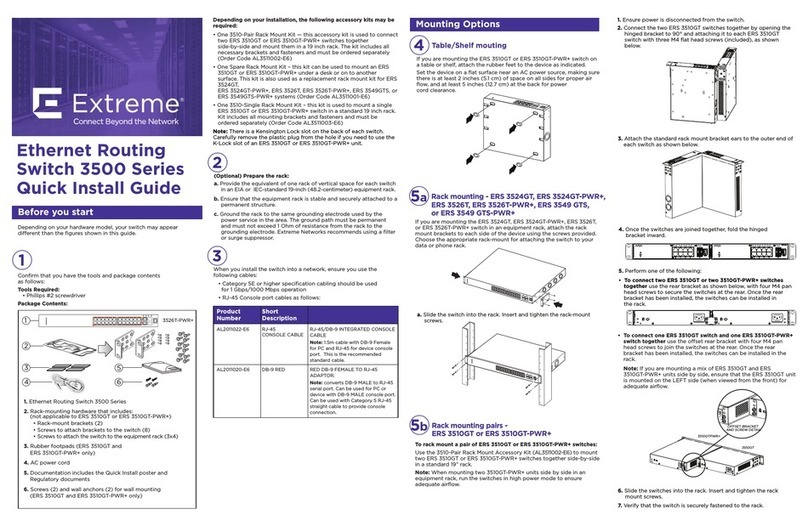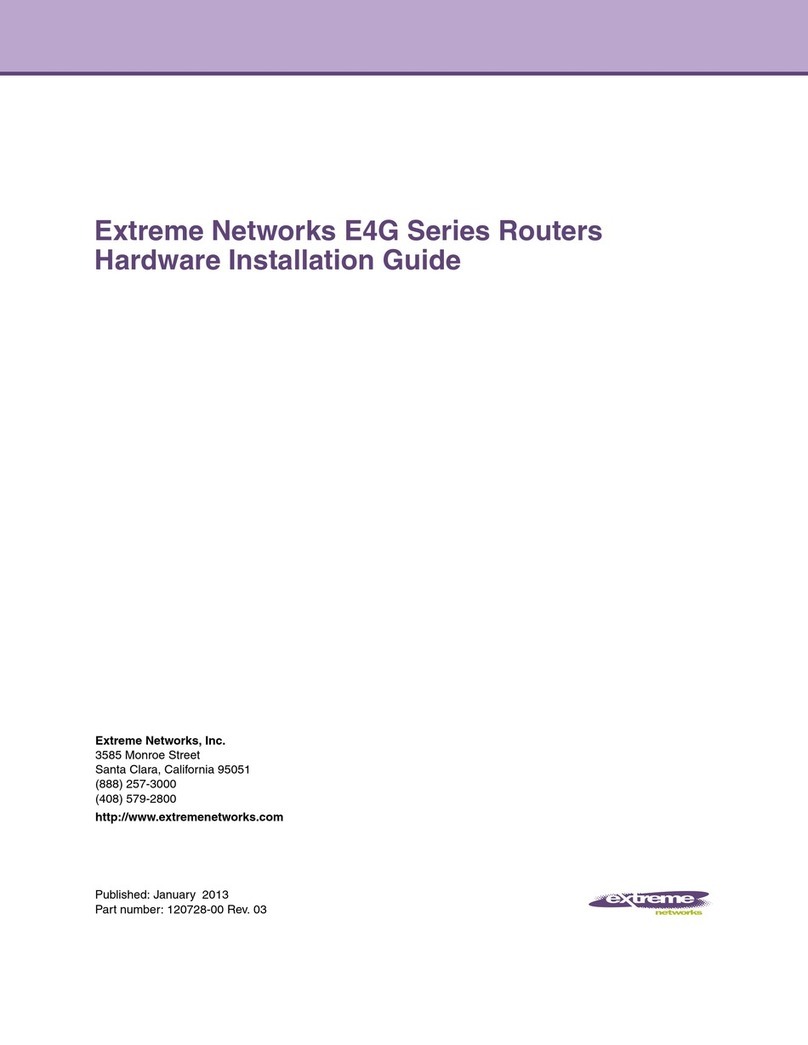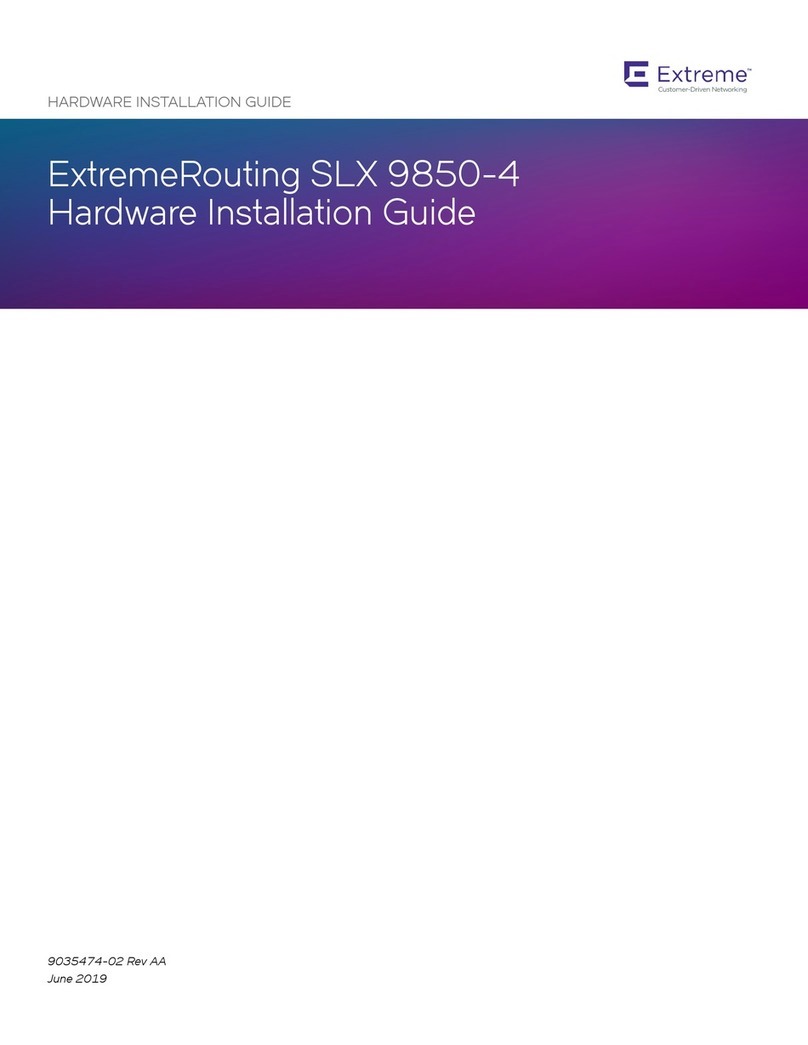
Contents
E4G Series Routers Hardware Installation Guide
4
RJ-45 Connector Jackets................................................................................................................................40
Radio Frequency Interference.........................................................................................................................40
Meeting Power Requirements ................................................................................................................................41
Power Supply Requirements...........................................................................................................................41
AC Power Cables............................................................................................................................................41
Uninterruptible Power Supply Requirements ..................................................................................................42
Selecting a UPS.......................................................................................................................................42
Calculating Volt-Amperage Requirements...............................................................................................42
UPS Transition Time................................................................................................................................43
DC Power Requirements ................................................................................................................................43
Applicable Industry Standards................................................................................................................................43
Chapter 3: Installing an E4G Series Router ...........................................................................................45
Pre-installation Requirements ................................................................................................................................45
Installing the E4G-200 Cell Site Router..................................................................................................................46
Installing the Router in the Rack .....................................................................................................................47
Grounding the Router......................................................................................................................................48
Preparing the DC Power Input Cable..............................................................................................................49
Connecting the Router to DC Power...............................................................................................................50
Installing and Connecting a Clock Module ......................................................................................................51
Connecting Timing Cables to the E4G-200 Router..................................................................................52
Installing a T1/E1 Module................................................................................................................................52
Connecting the Alarms Cable .........................................................................................................................53
Installing the E4G-400 Cell Site Aggregation Router .............................................................................................54
Mid-Mounting an E4G-400 Router in a Two-Post Rack ..................................................................................55
Front-Mounting an E4G-400 Router in a Two-Post Rack................................................................................56
Installing an AC Power Supply........................................................................................................................57
Installing a DC Power Supply..........................................................................................................................58
Preparing the DC Cables .........................................................................................................................58
Installing the Power Supply......................................................................................................................59
Connecting the Ground Wire ...................................................................................................................60
Connecting the Power Supply to the DC Source Voltage........................................................................61
Installing Port Option Cards ............................................................................................................................63
Connecting Timing Cables to the E4G-400 Router.........................................................................................64
Connecting Cables to the E4G-B16T1E1 Module...........................................................................................65
Initial Startup ..........................................................................................................................................................66
Initial Management Access ....................................................................................................................................66
Connecting Equipment to the Console Port ....................................................................................................66
Logging In for the First Time ...........................................................................................................................67
PART 3: MAINTENANCE
Chapter 4: Maintenance Procedures ......................................................................................................71
Replacing an AC Power Supply in the E4G-400 Router ........................................................................................71
Replacing a DC Power Supply in the E4G-400 Router ..........................................................................................74
Removing the Power Supply...........................................................................................................................74
Installing the Replacement Power Supply.......................................................................................................75
Connecting the Ground Wire...........................................................................................................................75
Connecting the DC Power Cables ..................................................................................................................76
Replacing a Fan Module in the E4G-400 Router....................................................................................................78
Replacing Optional Ports in the E4G-400 Router...................................................................................................79
Replacing a Clock Module in the E4G-200 Router.................................................................................................80
Replacing a T1E1 Module in the E4G-200 Router .................................................................................................81
Removing an E4G-200 Router from an Equipment Rack.......................................................................................82
Removing an E4G-400 Router from an Equipment Rack.......................................................................................83
Removing a 300 W AC Power Supply.............................................................................................................83
